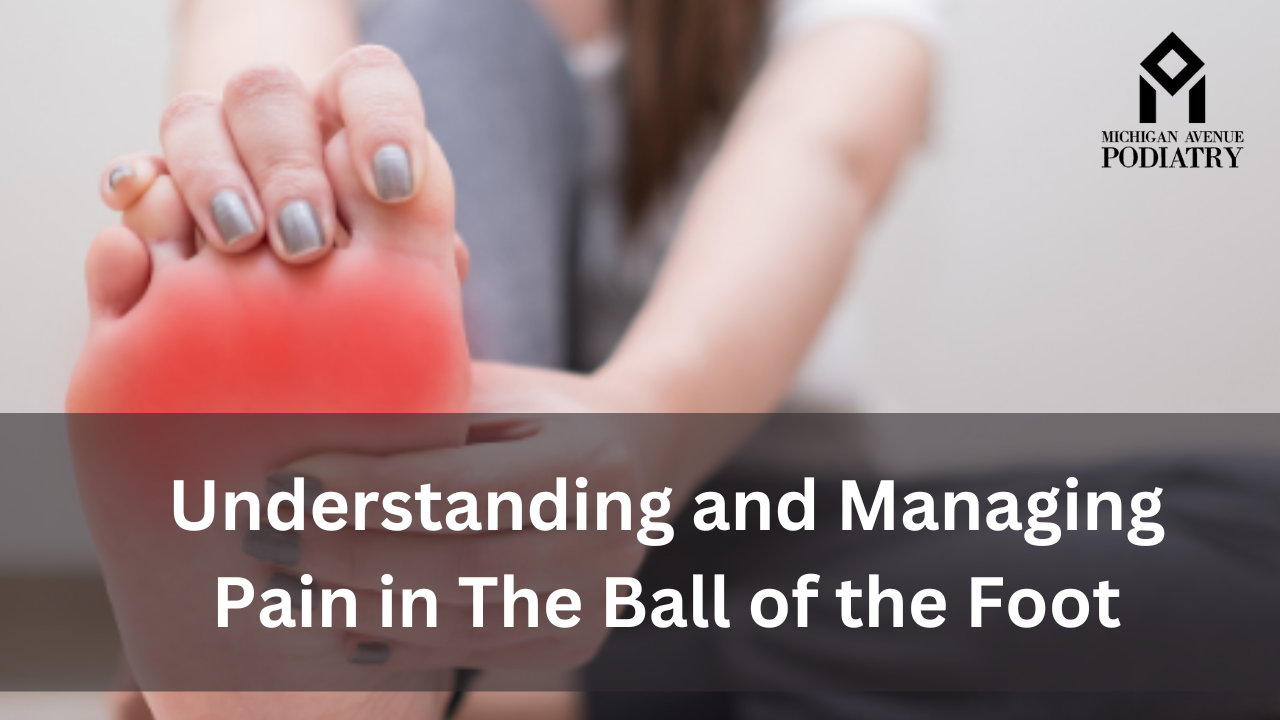Pain in the ball of the foot, often referred to as metatarsalgia, can arise from various causes ranging from common issues like Morton’s neuroma and bunions to more severe conditions like foot sprains and Lisfranc injuries. This article explores potential causes of such pain, associated symptoms, and offers insights into home remedies and medical treatments.
Causes and Symptoms: Individual experiences of pain in the ball of the foot may vary depending on the underlying cause. Common symptoms include a persistent dull ache, exacerbated during activities like walking or running. Other sensations such as burning, tingling, or numbness in the toes may also accompany the pain.
- Morton’s Neuroma: Morton’s neuroma, involving thickening of tissue around a foot nerve, typically manifests as a burning pain in the ball of the foot. This may worsen with physical activity or specific types of footwear. Home treatments include rest, ice application, NSAIDs, foot support, and avoiding ill-fitting shoes. Severe cases may require steroid injections or surgery.
- Bunions: Bunions, bony growths at the base of the big toe, can cause changes in weight distribution, leading to pain in the ball of the foot. Home treatments focus on pain relief and slowing bunion progression through OTC pain relievers, ice packs, suitable footwear, bunion pads, and weight management. Surgical intervention is rare and reserved for severe cases.
- Foot Sprains: Foot sprains, resulting from stretched or torn ligaments, can cause pain in the ball of the foot. Treatment varies based on severity, with mild sprains addressed through the RICE procedure (Rest, Ice, Compression, Elevation). Severe sprains may require casting and rehabilitation therapy.
- Lisfranc Injury: Lisfranc injuries, involving torn ligaments or broken bones in the midfoot, are more severe and necessitate specialist treatment. Symptoms include pain, swelling, and bruising. Treatment involves medical imaging, with nonsurgical options for intact ligaments and surgical correction for fractures or dislocations.
Risk Factors: Several risk factors contribute to foot pain, including aging, genetic factors, high-impact exercise, injuries, tight shoes, high heels, overweight, and chronic conditions like arthritis or diabetes.
Exercises: After a period of rest, gentle stretching exercises may improve foot mobility. Consultation with a doctor or physical therapist is crucial before starting any exercise routine. Gradual progression to more intense activities like cycling and swimming can be considered as symptoms improve.
When to See a Doctor: While many causes of foot pain can be managed at home, individuals should consult a podiatrist or doctor if experiencing severe or persistent pain, visible bruising, tingling, numbness, pain in both feet, or underlying medical conditions. Urgent medical attention is warranted for open wounds, pus discharge, or an inability to walk or put weight on the foot.
Conclusion: Understanding the causes and symptoms of pain in the ball of the foot is crucial for effective management. While home remedies may alleviate milder cases, prompt medical attention is essential for severe injuries to prevent lasting damage. Individuals are encouraged to seek professional advice for accurate diagnosis and tailored treatment plans.
To schedule an appointment with our board-certified foot and ankle specialists, Book Your Appointment Now



